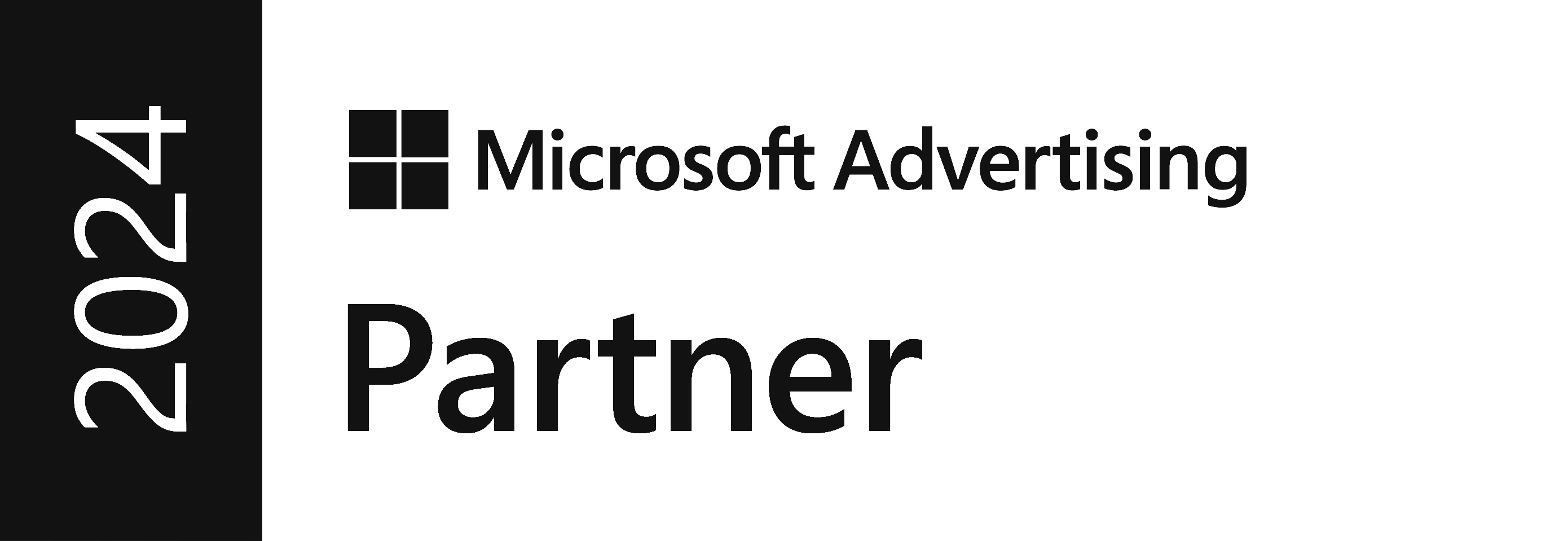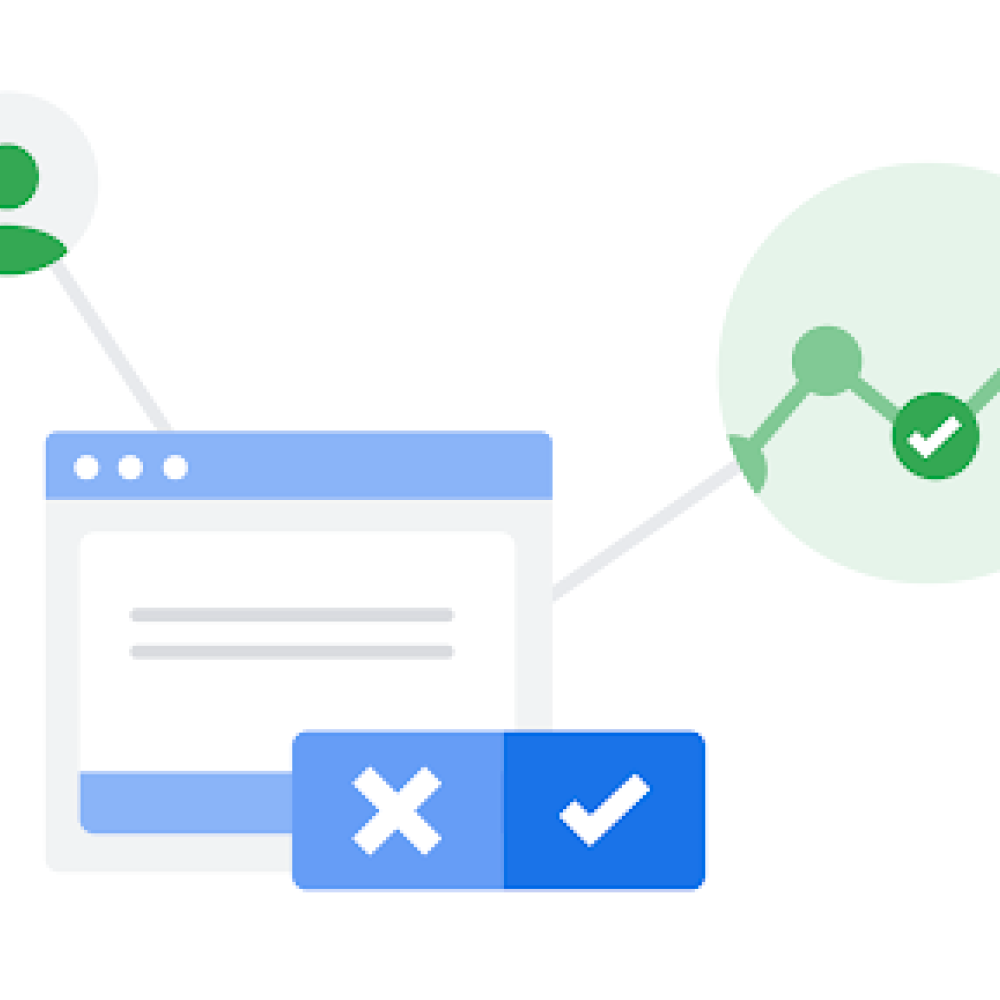The Quick Version:
If you run Google Ads which make use of personalisation, in the EU and/or the UK, Google now requires that you use a Consent Management Platform to keep track of which site visitors give their consent to be tracked.
You will need to put this in place by March 2024 in order to keep using Google Ads.
As part of this you will need to ensure you receive pro-active consent before placing non-essential cookie on a user's device. If you do not already have this in place you should expect to see a drop in data, once this is set up, due to site visitors opting out. Google's Consent Mode v2 can help to regain this lost data via data modelling.
The Full Details:
To comply with the EU's Digital Markets Act (DMA), online platforms like Google are updating their data collection and sharing practices. These changes will significantly affect how we as marketers gather data to measure the success of our marketing efforts.
Google are a “gatekeeper” as their platforms sit between us and our customers. As such they must comply with the obligations in the DMA. As part of this they are requiring that we gather our customer’s data in a compliant manner. This involves gaining proactive consent for using data, in accordance with UK GDPR rules, and telling Google which users have consented and which have not.
Note: We are not qualified to give you legal advice relating to data privacy. We recommend that you seek advice from a professional in this area to ensure that you are compliant with all the regulations in the countries you target. The information provided here is correct to the best of our knowledge but may be subject to change.
The Digital Market Act technically only applies in the EU, but Google’s EU user consent policy applies in the UK also. As such, our understanding is that use of a Consent Banner is a requirement to run Google Ads which use audiences in the UK.
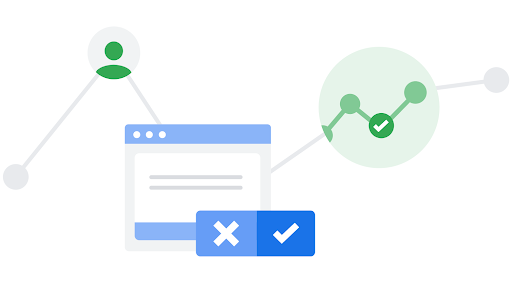
The most immediate change to be aware of is happening in March 2024. At this point Google will require that you share consent signals with them to be able to use many features of Google Ads.
Sharing consent signals means passing through end-user consent choices to Google. This allows Google to separate visitors to your site into two groups:
1. Those who consent to sending their user data to Google for advertising purposes.
2. Those who do not consent to sharing their data.
Note that this approach requires that a user proactively opts in rather than taking continued progress through the site as consent. This goes beyond how many sites currently seek consent.
Without sharing consent signals with Google, it will not be possible to use “measurement, ad personalization, and remarketing features [of Google Ads]” or “pass Google Analytics data into another Google service”. We are therefore advising all our clients making use of Google Ads to set up Consent Mode via a Consent Management Platform. This is a requirement for us to be able to continue to run Google ads which use personalisation, for example in Remarketing or Performance Max campaigns.
Google’s Consent Mode v2 is used to adjust how your Google tags, like your Google Analytics tracking code, behave based on each site visitor’s preferences. Using a Consent Management Platform is the easiest way to implement Consent Mode. Google recommends 15 Consent Management Platform partners all of which integrate with Consent Mode via what is called a consent banner. This will need to be added to your site(s) by a developer.
It is possible to build your own consent banner and implement consent mode manually, but this is not something we would advise in most instances. It would be a considerable technical undertaking and failure to correctly gather consent could hinder the measurement and optimisation of your marketing campaigns and even leave you open to legal issues.
A consent banner is distinct from a cookie disclaimer as it asks for specific consent before setting a cookie. Because of this, using a consent banner will result in more site visitors opting out of tracking, because they will now have the option to do so. This will reduce the efficacy of your tracking.
As well as letting Google know which visitors have opted in or out of sharing their data, Consent Mode v2 also helps to fill in some of the data lost by people opting out. Data from individual non-consenting users can’t be used, but aggregated data can. Consent Mode uses conversion modelling to fill in the gaps and provides this to you alongside your normal data. This is extremely valuable for tracking and improving the performance of your marketing activity.
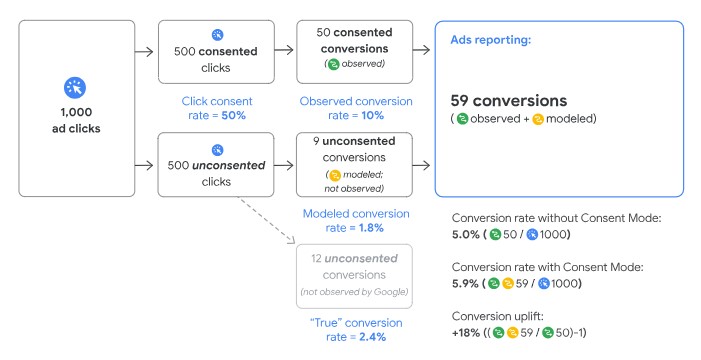
From a measurement and optimisation perspective using what is called Advanced Consent Mode rather than Basic Consent Mode is advisable. The former gathers some data from opted out visitors in an anonymous manner. Without this you are likely to lose a considerable volume of your data, and this will reduce the effectiveness of your marketing.
Note: We cannot advise on the use of Advanced Consent Mode from a legal standpoint, but we note that it is a feature used by Consent Management Platforms Google partners with.
Checklist
Here’s what you need to do to get ready for the March requirements:
1. Sign up to use a Consent Management Platform from this list
2. Setup your new Consent Banner, making sure to use Advanced Consent Mode.
3. Have a developer add your Consent Banner to your website(s)
4. Test and launch
How We Can Help
If you are an Optix client we will be in contact to support you with this change. If you are not a client but would like to talk to our expert team about how this change will impact you, please get in touch.

1st Floor, Alphin Brook House,
Alphin Brook Road,
Exeter EX2 8RG
MORE THAN
Digital
Marketing.
View our sustainability page.
PPC for B2B
PPC for Law Firms
PPC for Luxury Ecommerce Brands
PPC for Travel and Tourism
GEO Audit
